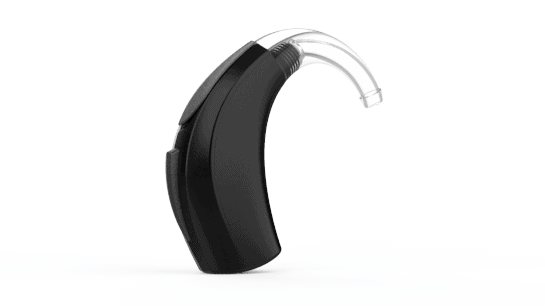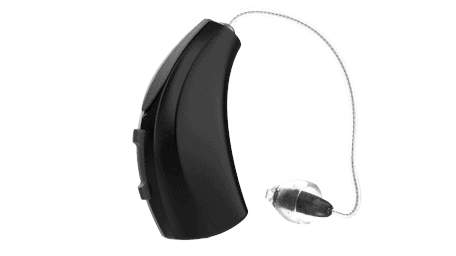Hearing Aid Overview
Hearing aids are an important investment in your health and wellness.




What are digital hearing aids?
As technology continues to advance, digital hearing aids are becoming much more common and preferred. Analog hearing aids amplify sound so that the ear receives louder signals. This hearing aids equally amplify all sound waves which doesn’t allow for as much adjusting. This differs from digital hearing aids which convert incoming sound waves into digital signals. These signals can then be manipulated in various ways to meet the wearer’s hearing needs. Digital hearing aids can perform complex functions like separating and reducing background noise and changing sound frequencies to deliver enhanced sound quality.
Digital hearing aids also offer numerous innovative features that increase connectivity and overall experience. Common features include Bluetooth connectivity, digital noise reduction, voice recognition, tinnitus management features, and much more. Our experts will discuss digital hearing aids and the range of features that can benefit your hearing in everyday environments.
